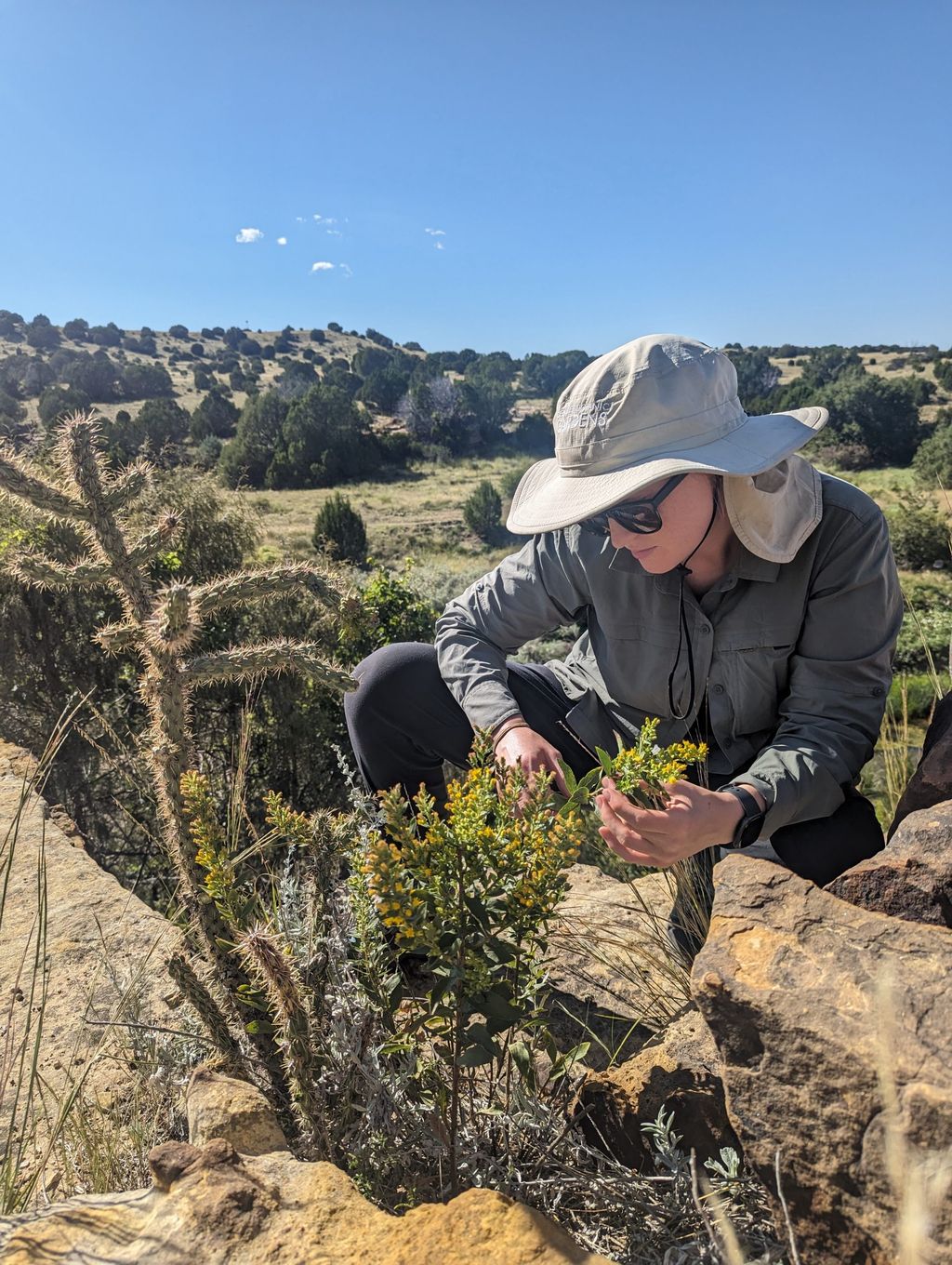Micropropagation protocols for rare Brodiaea species, Southern California

-
Status of project
Completed -
Region
North America -
Country
United States of America -
Programme
BGCI -
Workstream
Saving Plants -
Topic
Plant Conservation
Funded by US Forest Service via the Global Botanic Garden Fund
Project Completed: 2024
Institution: California Botanic Garden (CBG)
Propagation protocols for three rare Brodiaea species in the Cleveland National Forest
Introduction
This project focused on developing micropropagation protocols for three rare Brodiaea species native to southern California. These species—Brodiaea filifolia, Brodiaea orcuttii, and Brodiaea santarosae—are regionally rare and face numerous threats. The project aimed to support their long-term preservation through innovative propagation techniques.

Project Goals
The primary goal of this initiative was to develop reliable propagation protocols for the three Brodiaea species using tissue culture techniques. Specifically, the project sought to increase corm production by at least 200% for each seedling introduced into sterile culture. The study also aimed to determine optimal nutrient conditions and hormone treatments for maximizing growth and multiplication, while minimizing abnormal development and contamination. Brodiaea filifolia is a federally listed threatened species, Brodiaea orcuttii, and Brodiaea santarosae are listed as imperiled and critically imperiled respectively, by NatureServe. All three species are endemic to California.

Key Achievements
The project successfully initiated tissue cultures for all three species and conducted multiplication experiments using varying nutrient and hormone treatments. Significant findings included identifying that growth hormone BA (benzylaminopurine) promoted corm multiplication—particularly in B. santarosae, where up to 60% of seedlings reached the 200% multiplication target. Additionally, the project demonstrated potential in using excised shoot tips for supplemental propagation. The team documented species-specific growth patterns, corm development timelines, and treatment responses, laying a solid foundation for future propagation efforts.
The project concluded with the successful establishment of propagation protocols tailored to each Brodiaea species, although results varied in effectiveness. The data revealed that nutrient strength and hormone exposure significantly influenced growth rates and corm multiplication. While not all seedlings achieved the 200% target, many showed at least a 100% increase, and experimental methods such as shoot tip propagation showed promising regenerative results. These outcomes provide critical insights for conservation and restoration planning and offer a preliminary protocol for further development.

